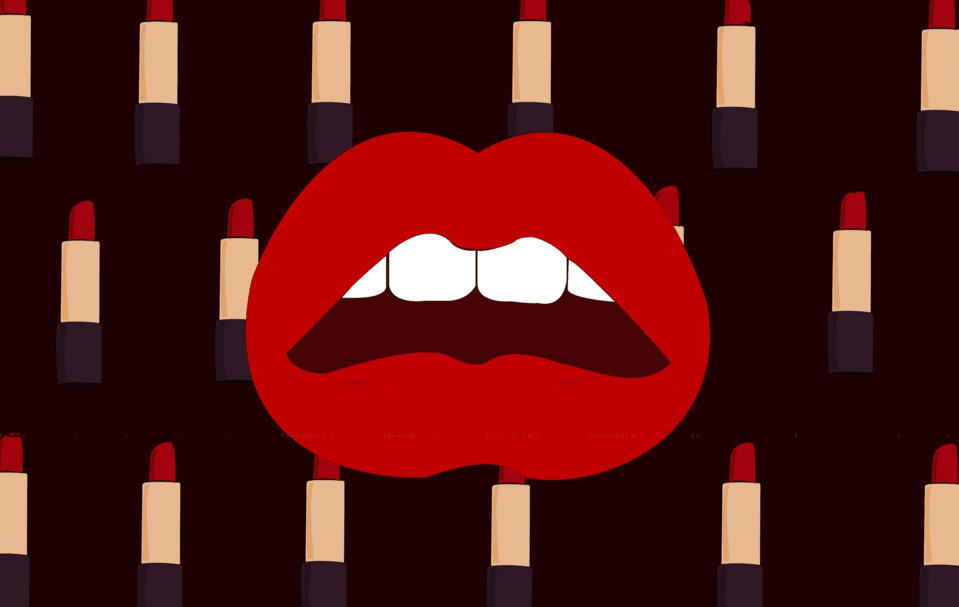Are beauty trends becoming too rigid? It’s easy to get swept up by the latest TikTok fads, but some trends perpetuate harmful stereotypes. A prime example is the copy paste Latina makeup trend, which reduces the rich diversity of Latina beauty to a single, hyper-glamorous look. While makeup is a personal choice, trends like this flatten cultural identity, promote unrealistic beauty standards, and put undue pressure on women to conform.
In this article, we'll explore the troubling implications of this trend and discuss the need for a more inclusive vision of beauty that celebrates individuality, rather than reinforcing narrow stereotypes.
What Is the “Copy Paste Latina” Makeup Trend?
The copy paste Latina makeup trend refers to a specific style popularized on TikTok, featuring bold makeup such as thick brows, long lashes, winged eyeliner, full lips, and long dark hair. While some embrace the look as a form of personal expression, the term copy paste implies a homogenization of Latina beauty, suggesting that all Latinas should adhere to a uniform standard of glamor.
This reductionist view strips away the diversity of Latina women, turning cultural identity into a beauty trend rather than something deeply personal. Latina women, hailing from a multitude of countries with varied cultures, skin tones, and traditions, should not be confined to a single aesthetic. The trend erases the diversity within this vibrant community, boxing it into an image that is both limiting and, for some, damaging.
The Pressure to Conform to Stereotypes
Social media platforms like TikTok wield tremendous power in shaping beauty standards, especially for younger users. The viral nature of trends like the “copy paste Latina” makeup look creates pressure for Latina women to conform to this narrow ideal if they want to be celebrated, liked, or considered “beautiful” in the online world.
For many, adopting this trend becomes a way to fit in with the crowd. For others, it represents a source of anxiety—especially if their personal style doesn’t align with the heavily stylized and exaggerated look. The issue isn’t just the trend itself but the underlying message that Latina women must look a certain way to be considered attractive or “authentically” Latina.
This pressure isn’t limited to social media. As these trends proliferate, they begin to shape broader cultural expectations, making it harder for Latina women to express themselves without fear of judgment. Those who deviate from the trend may feel marginalized, while others who embrace it might feel pigeonholed into a beauty standard that isn’t truly their own.
Why the Trend Is Problematic: Erasing Diversity
The biggest problem with the copy paste Latina trend is that it promotes a narrow, monolithic idea of Latina beauty. It diminishes the cultural, geographical, and racial diversity of the Latinx community, suggesting that all Latina women should look the same, when, in fact, there is no singular “Latina look.”
The trend also plays into stereotypes that have long plagued Latinas in media and pop culture. By focusing on a hyper-feminine, highly sexualized image, it reinforces the outdated notion that Latina women are inherently exotic or seductive. This portrayal ignores the real, nuanced experiences of Latina women and reduces them to mere symbols of glamor.
The Cultural Appropriation Debate
Another facet of the controversy surrounding the copy paste Latina trend is cultural appropriation. Many critics argue that non-Latina women adopting this look for TikTok clout or influencer status is a form of cultural appropriation, where Latina beauty is commodified without respect for its cultural roots. It’s one thing to admire and be inspired by another culture’s beauty traditions, but it becomes problematic when that culture’s identity is reduced to a trend.
For Latina women, this trend is often tied to cultural pride and their lived experiences. When non-Latinas adopt this look without understanding its deeper cultural significance, it can feel like their identity is being used as a costume or aesthetic—stripped of its meaning and repurposed for profit.
Reclaiming Individuality: Latina Beauty in All Its Forms
As the copy paste Latina trend continues to evolve, there’s a growing movement within the Latinx community to push back against this narrow view of beauty. Many influencers, activists, and beauty experts are using their platforms to showcase the vast diversity of Latina beauty, proving that there is no single way to be Latina.
Latinas should feel empowered to express themselves however they want, whether through glam makeup, natural looks, or something entirely different. Beauty is about individuality, not fitting into a one-size-fits-all mold.
By embracing and celebrating diverse representations of beauty, we can begin to dismantle the harmful stereotypes that limit self-expression. Latina women should be free to define their beauty on their terms, without feeling pressured to conform to a specific trend or aesthetic.
How Influencers and Brands Can Lead the Charge
Influencers and beauty brands have a pivotal role in challenging harmful beauty trends. As powerful tastemakers, they can help reshape the conversation around beauty by promoting diverse representations and encouraging authenticity. Instead of capitalizing on narrow stereotypes, they can celebrate the full spectrum of Latina beauty—highlighting looks that range from minimal to bold, from traditional to modern.
Beauty brands should also be mindful of how they represent Latinas in their marketing and advertising campaigns. By showcasing a wider variety of Latina models and influencers, they can help create a more inclusive and authentic vision of beauty.
Moving Beyond the Copy Paste Latina Trend
The copy paste Latina makeup trend may have started as a fun social media phenomenon, but it has quickly morphed into a problematic stereotype. By reducing Latina beauty to a single, hyper-glamorous aesthetic, it reinforces outdated notions of identity and pressures Latina women to conform to unrealistic standards.
The solution lies in embracing diversity and empowering Latina women to define their beauty in ways that feel true to them. Whether it’s bold, natural, or somewhere in between, Latina beauty is as varied and dynamic as the women who embody it.
Let’s move beyond trends that flatten cultural identity and work towards a future where beauty is celebrated in all its forms, for all women.



















